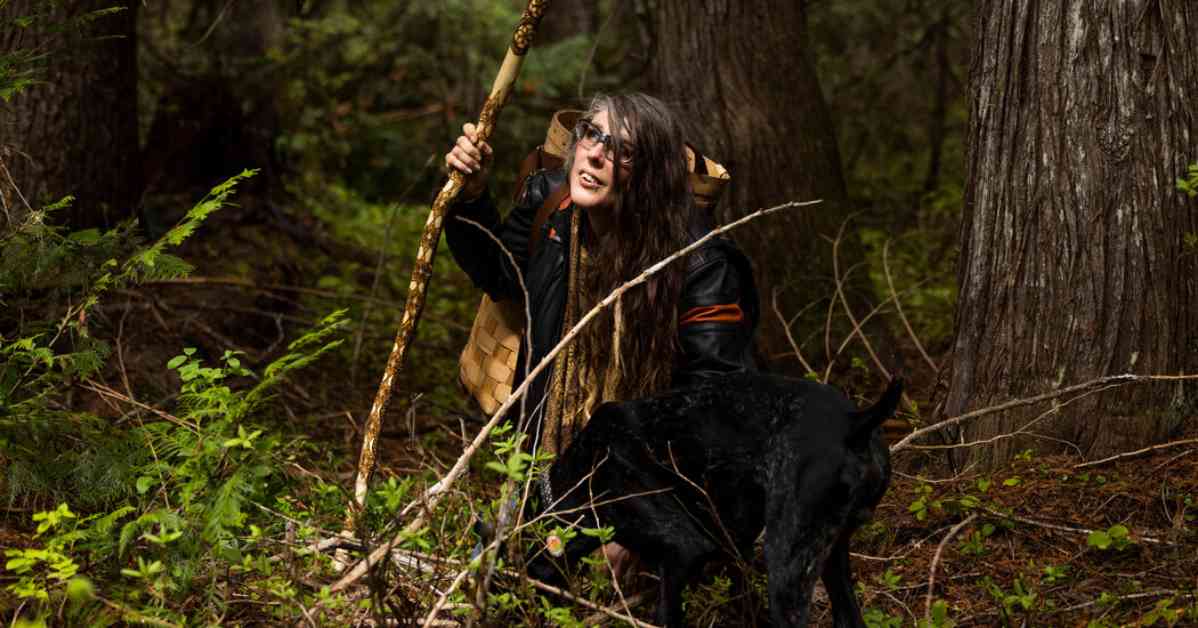Foraging for wild mushrooms, berries, and other foods in public forests and parks has gained popularity, resulting in state and federal agencies imposing more restrictions on this activity. River Shannon Aloia, a dedicated forager, was recently spotted hunting for morels with her dog, Jasper, in the woods outside of Missoula, Montana. As she walked along a remote dirt road on national forest land, Ms. Aloia carefully scanned the ground for morels, instructing her dog to help her in the search. Her efforts paid off when she discovered a solitary honey-colored morel, which she happily picked.
According to Ms. Aloia, foraging changes one’s relationship with nature, allowing individuals to fully engage their senses while exploring the woods. She finds it rewarding to be able to identify edible items and bring them home to prepare for her family. Spring is a popular time for foragers in the northern hemisphere, especially in the American West, due to the vast expanses of publicly owned lands that offer the freedom to roam and harvest. Once the snow melts, various fungi such as oyster mushrooms, king boletes, and morels start to appear, along with a variety of flowers and edible plants like wild onions, asparagus, fiddleheads, nettles, and miner’s lettuce.
During the summer months, foragers in the Rocky Mountain West are drawn to the abundance of berries such as chokecherries, wild strawberries, and huckleberries. As summer transitions to late summer and fall, other wild crops like piñon or pine nuts in the Southwest and mushrooms such as chicken of the woods, shaggy manes, and matsutake become available for harvesting.
Foraging enthusiasts like Ms. Aloia cherish the opportunity to connect with nature and gather fresh, wild foods. However, the increasing popularity of foraging has led to concerns about sustainability and conservation of these natural resources. State and federal agencies are now implementing stricter regulations to ensure that foraging activities do not harm the environment or deplete important plant and fungal populations.
It is essential for foragers to be aware of these restrictions and limitations to continue enjoying this activity responsibly. By practicing sustainable foraging techniques and respecting the natural habitats where these wild foods grow, foragers can help preserve these resources for future generations to enjoy. So, whether you are a seasoned forager or looking to try this outdoor activity for the first time, remember to tread lightly and harvest mindfully to protect the beauty and biodiversity of our public lands.




